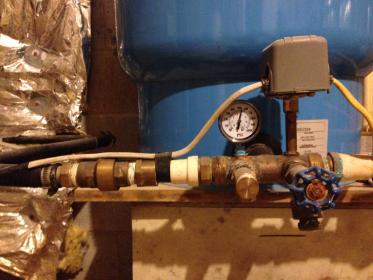[QUOTE=Tom King;7894629]
petey, That hose bib backflow preventer is not working properly. If it’s a Woodford, you can buy replacement parts for it.
It’s not supposed to leak at all when the hose is runnng,but pressure back from what’s in the hose after you turn the water off can tell it to release the pressure, so it can let some water out then .[/QUOTE]
I think that’s what is happening; I am turning off the water at the spray attachment first and then turning off the faucet. Like airhorse said, if I do it the other way around, it should solve that problem.
I don’t know what brand it is; I just know it is a fairly small brass attachment which is on the end of the hose bib/faucet and has a threaded section to hook my hose onto. I think they are required by code here in California and are installed on all newer homes.
I just googled the Woodford backflow preventer and yes, that is exactly what it is:
http://www.buyeagle.biz/woodford-manufacturing/woodford-vacuum-breakers/vacuum-breaker-34hf-br
Thank you for the info. Now I’m going to make sure it is attached properly. Maybe it just needs a new rubber gasket or some of that white thread tape stuff (sorry to sound like such an idiot; I just can’t remember what it is called) to get a more water tight connection so it doesn’t leak while I’m using the hose.
Okay, so here is a new question. On that Woodford site, it says, “The Woodford NIDEL® Model 34HF and 37HF anti-siphon vacuum breaker is designed to protect hose connections from contamination where temperatures do not go below freezing.” So what happens in cold places? I never had a backflow preventer in any previous houses, and as far as I know, my water lines were not filling up with hose water… …or were they??? Why is it okay not to use these backflow preventers in cold states? Or are they really necessary?

